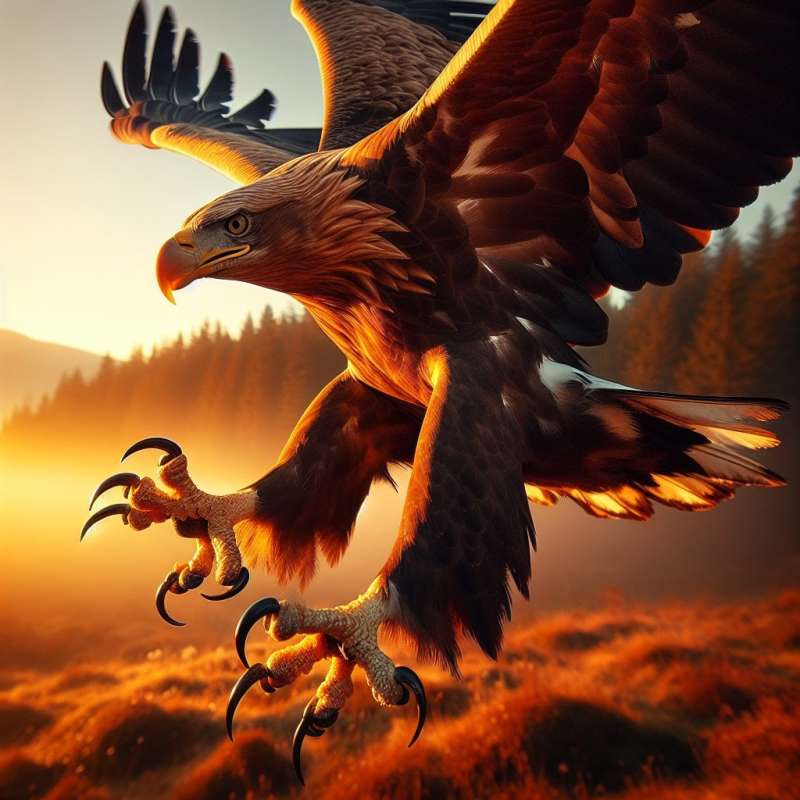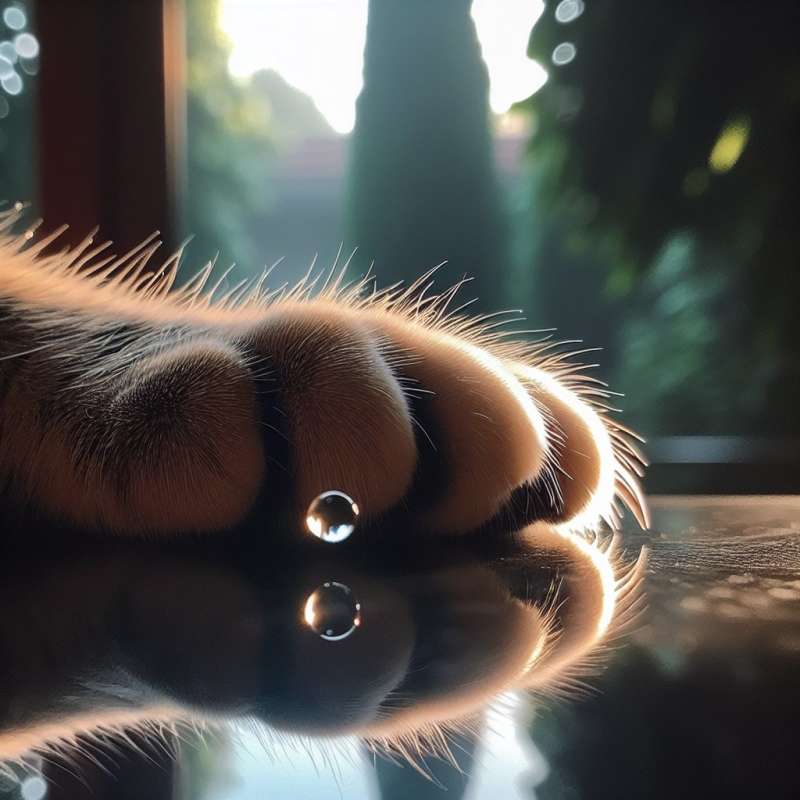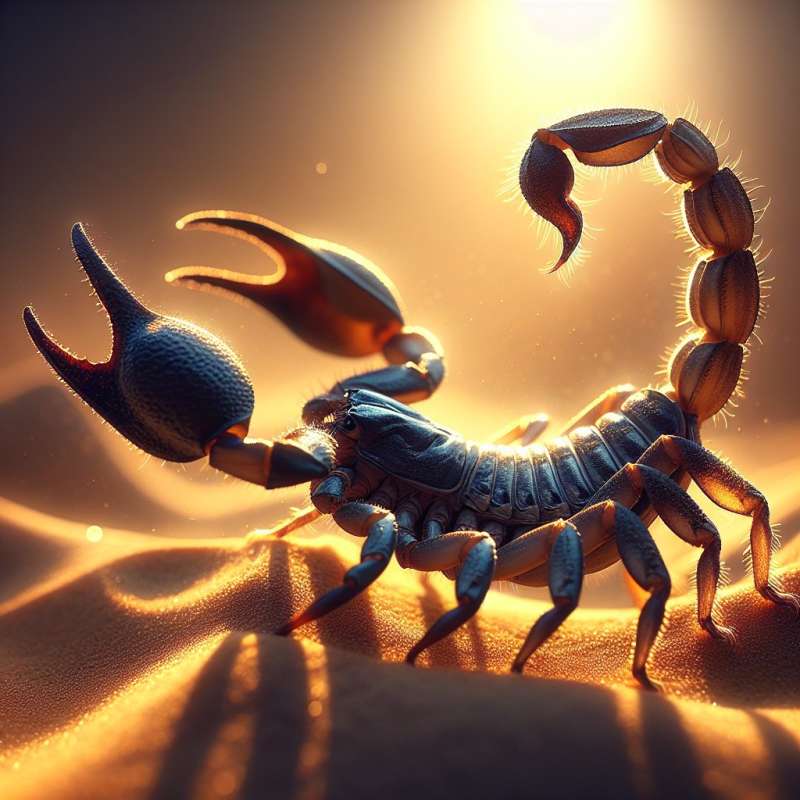
Claws: Nature's Versatile Tools
Claws are not merely weapons; they serve various purposes such as hunting, climbing, digging, and intricate movements. The structure of a claw reflects its specialized use in an animal's lifestyle.
Birds of Prey: Talon Tales
Raptors have curved, sharp talons for catching prey. Unique to each bird species, talons can indicate dietary preferences. Eagles have powerful grips, while falcons use a 'tooth' on their beaks to sever prey's spinal cords.
Feline Claws: Retractable Precision
Unlike most mammals, cats have retractable claws that stay sharp for hunting. This feature also aids in stealth, allowing silent stalking. Climbing and marking territory are other vital retractable claw functions.
Crustacean Claws: Crushing Force
Crabs and lobsters possess two distinct claw types: one for crushing, another for cutting. Their claws can regenerate if lost, and the crusher claw, typically larger, can switch dominance if the original is removed.
Arthropods: Claws and Communication
Arthropods, like spiders and scorpions, use their claws (or chelicerae and pedipalps) for intricate tasks. These range from feeding and mating dances to communication. Scorpions' pincers can also detect vibrations and textures.
Bear Claws: Non-Retractable Tools
Bears have non-retractable claws, ideal for digging and tearing. These claws are strong enough to dig into tree trunks, aid in climbing, and catch fast-moving prey, making them multifaceted survival instruments.
Claw Growth: Continuous and Challenging
Claws grow continuously and can wear down or become overgrown, affecting an animal's mobility and health. Animals in captivity often require human intervention for claw maintenance, unlike their wild counterparts.Ancient Claws: Survival Tools
Fossils show Velociraptors had sickle-shaped claws used for gripping prey, not slashing, debunking myths from popular media.
What reflects a claw's specialized use?
Animal's color and size
Claw structure and shape
Habitat and climate only
Company